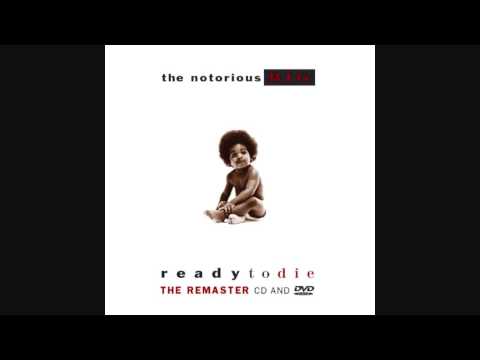Drake unveiled the art for his forthcoming album last night, and while fans have already made various comparisons, there’s really only one lineage the jacket image fits into: The rich tradition of rappers using baby photos for classic album covers.

Below, a brief history of the evolution of this trope, from birth to now.
Nas: Illmatic (1994)

While musicians have, of course, long been putting children on album covers, the tradition in hip-hop really started with Nas. Covers like Nirvana’s for Nevermind used children unrelated to the musicians, but for Illmatic—one of hip-hop’s most classic albums—Nas used a childhood photo of himself. Perhaps inspired by the cover for the obscure 1970s jazz album A Child Is Born, by the Howard Hanger Trio, the cover superimposes a photo of Nas as a child over a shot of a New York City block. It’s a perfect match for the highly autobiographical album, which Nas later described as being about “a little kid in Queensbridge trapped in the ghetto.”
The Notorious B.I.G.: Ready to Die (1994)

Just five months after Nas released Illmatic, the Notorious B.I.G. took a similar approach to his own classic debut. The child shown in the photo, Keithroy Yearwood, was chosen for his resemblance to a baby Biggie, and the album is similarly autobiographical, opening with the (dramatized) sound of Biggie’s birth. The resemblance between the two covers did not go unnoticed: On Only Built 4 Cuban Linx track “Shark Niggas (Biters),” which came out the next year, Raekwon and Ghostface accused B.I.G. of ripping off Nas.
Lil Wayne: Tha Carter III (2008) and Tha Carter IV (2011)

There was already a dark sense of humor in Biggie’s use of a baby photo for Ready to Die—which contrasted with the album title and Biggie’s own gangsta image—but Wayne brought that to a whole new level with his cover for triple-platinum-selling Tha Carter III. His team even photoshopped the image, which he says was a photo from his mom, to add his trademark teardrop tattoos, often associated with murders. After Tha Carter III’s success, he repeated the concept for Tha Carter IV.

J. Cole: Villematic (2010)

If there’s any doubt as to the scope of the Illmatic cover’s influence, just look at all the tributes and parodies. Perhaps the most notable is this once planned cover for Nas superfan J. Cole’s Villematic (the title is a reference to Cole’s hometown Fayetteville, North Carolina)—though the album art and title were later changed.
Killer Mike: R.A.P. Music (2012)

Even though they came almost two decades after the release of Illmatic, the two best hip-hop albums of last year both featured childhood portraits on the cover. For R.A.P. Music, Mike used an illustration (which seems to show the rapper as a schoolchild in the ’80s), which perhaps helped inspire Drake, a year later, to do the same.
Kendrick Lamar: good kid, m.A.A.d city (2012)

Good kid, m.A.A.d city, Kendrick Lamar’s highly autobiographical album about growing up in a tough neighborhood, has been widely compared to Illmatic—Lamar himself referencesIllmatic on the album. So it makes sense that the album art, which Lamar has described as a “self-portrait” (with his two uncles and a grandpa), is reminiscent of Nas’. The jacket doesn’t show Compton itself, but the city’s troubles are all in the photo: As Lamar has pointed out, it shows “a baby bottle next to a 40-ounce next to a gang sign.” He says it shows “the things I’ve seen through innocent eyes.”
Written by Forrest Wickman for Slate

